Clean eating is just the latest in a long line of crazy ways to moralize what we eat. Here’s how to stop the madness — and recover your relationship with food.
- Want to listen instead of read? Download the audio recording here…
++++
Far into the future, a hand opens a book called A Comprehensive History of Food. A pair of eyes reads the following:
… At that point in history, the technology was unprecedented.
Information creation and sharing changed completely, including information about food and dieting.
A new market immediately sprung up for advice about how to eat and what to eat.
Doctors and scientists competed with different brands of diets. Their prescriptions for how to eat became increasingly extreme and contradictory.
The public became confused by the mixed messages.
Soon, the comedians of the day were making fun of the indecision of the so-called “scholars” who wrote the books that continually contradicted each other.
A pervasive sense of cynicism took over.
What should we eat?
No-one, it was generally assumed, really knew.
So, at the close of the above passage — as the comedians are having their field day — what year is it?
. . .
Ready for the answer?
. . .
Wait for it.
. . .
Are you thinking 2009-2011?
. . .
You probably are.
. . .
If so you’re wrong.
. . .
The right answer is: about 1615. Four hundred years ago.
The “unprecedented technology” the passage refers to is the printing press. The original Gutenberg press spread through Europe around 1490-1510.
The market for diet books by famous physicians happened at the same time.
Once mass production of written literature started in Europe, books about how and what to eat immediately became extremely popular. Then, as now, the books offered confusing and contradictory advice.
Interestingly, these convoluted medieval directives on how to eat started to conflict with the way people had traditionally eaten for centuries.
Indeed, the evidence is written in Miguel de Cervantes’ famous novel, Don Quixote. (The second volume of the book was published in 1615).
Sancho Panza — a governor – sits down to a nice meal, and soon a doctor arrives to ensure that his patient doesn’t eat anything detrimental.
As the chef sends out delicious-looking dishes, the doctor waves a whalebone wand to have each removed in quick succession:
“[I] attend at his meals, to let him eat what I think convenient for him, and to remove what I imagine to be prejudicial to him, and offensive to his stomach.
“Therefore, I now ordered the fruit to be taken away, because it is much too moist…
…and the other dish because it is much too hot, and over-seasoned with spices, which increase thirst…
…and he that drinks much destroys and consumes the radical moisture, of which the life consists.”
Through his own extreme fussiness and anxiety and “specialist knowledge”, this doctor — terrified of partridge and onions and potatoes — doesn’t actually allow anyone to eat anything.
Four hundred years later, this image goes viral:

The point should be painfully obvious.
The way the health and fitness industry talks about food, weight, and eating is in shambles.
- We paralyze ourselves with set after set of new rules.
- We make these rules from contradictory systems that we don’t understand.
- We feel a creeping cynicism: No-one who tells me what to eat actually knows what the hell they’re talking about.
This anxiety and confusion isn’t new.
We’ve already been here.
We already did this.
We do it over and over again.
At least they had an excuse during the Renaissance.
Remember, 1615 is thirty years before the birth of Isaac Newton. It was quite literally the pre-scientific era.
Today, we have genomics, and glucose clamps, and calorimeters, and microbiological assays, and public health surveys, and the World Health Organization, and Western Blots, and RDs, and MDs, and NDs, and RNs, and PhDs, and billions of dollars of public money, and billions of dollars of your money…
…and Sancho Panza’s doctor is still on the TV telling us what to do.
What makes something “contaminated”?
Back when I was a psychology student, my instructor turned to me and asked:
“Would you wear Hitler’s cardigan?”
I thought about it.
“Hitler’s cardigan? I guess I would.”
The question traveled around the room.
“What about you? And you? Would you?”
No.
No, no, no, no.
It was just me, and one other guy who said yes. Two out of about twenty.
(The rest of the room, filled with people who were now a little unsure about us both, all said no.)
Consider this for a moment…
The cardigan itself is utterly blameless.
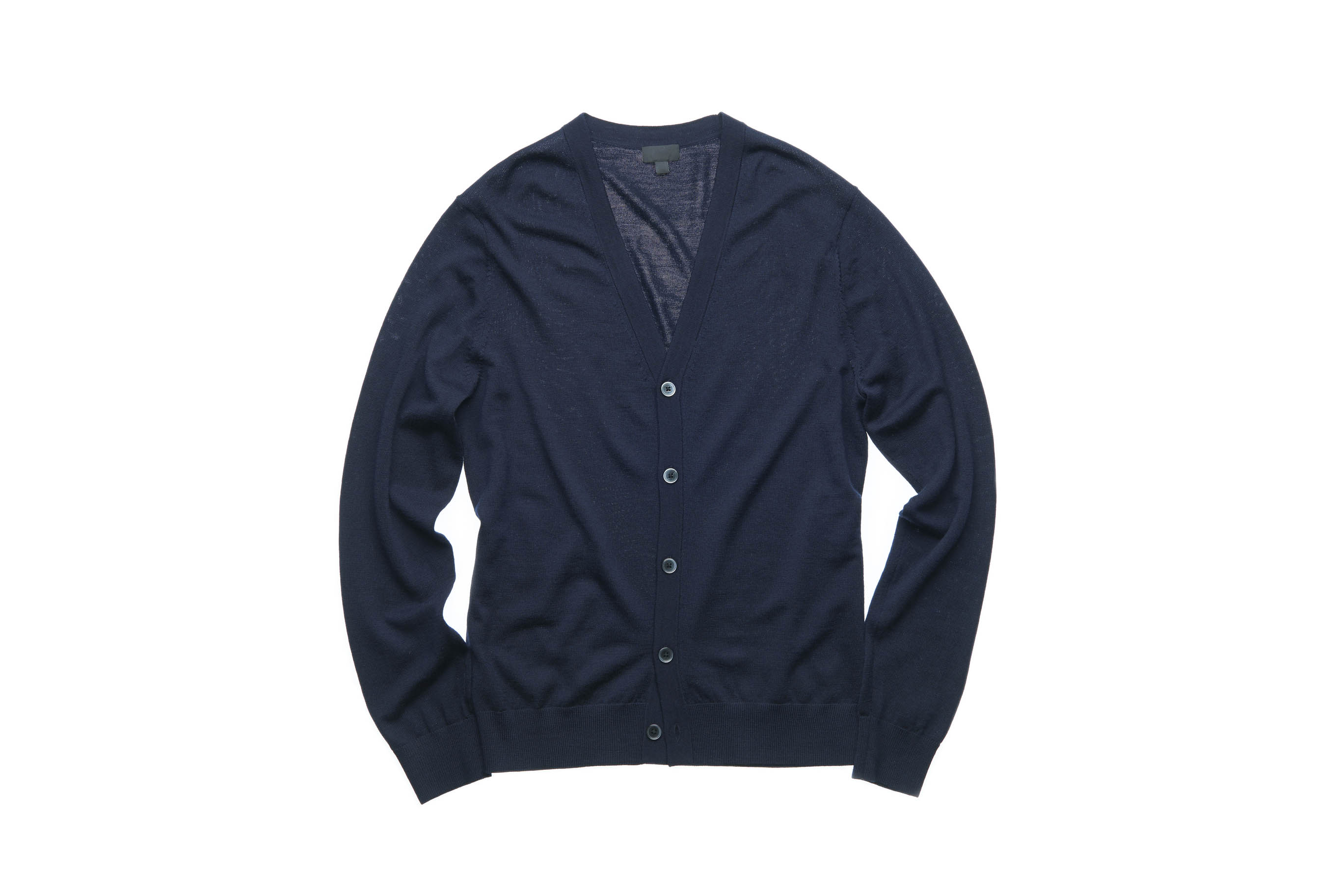
It is made of wool or acrylic. It keeps you warm. It has buttons. And it looks ridiculous on men between the ages of 12 and 60.
If said sweater is clean, there’s literally nothing in or on it that can sully, much less give me “Hitlerishness”.
The cardigan itself has no memory. No consciousness. It has no malice nor genocidal thoughts.
The act of putting it on does nothing whatsoever except keep you warm and make you look like Mr. Rogers.
The cardigan is merely a passenger in life’s great adventure.
But if we know it was Hitler’s cardigan, our eyes widen and we back away.
In psychology, this is called the contagion heuristic.
There are lots of examples of it. Most people wouldn’t, for instance:
- drink apple juice out of a perfectly sterilized bedpan;
- drink juice from a glass that previously held a perfectly sterilized cockroach;
- eat soup that was stirred with a brand-new comb; or
- eat chocolate fudge shaped like a pile of doggy doo.
In other words, we feel like “impurity” or “dirtiness” can “infect” or “contaminate” objects, regardless of whether those objects are actually clean.
Magic makes morality
First observed in the 1800s by European anthropologists and ethnographers studying various civilizations, the idea of “impurity” is important to humans symbolically.
And food is particularly symbolic.
Food is intimate. We put it inside us. It literally becomes us.
Symbolism and meaning are constant condiments.
So it makes sense that our disgust reflex, which is related to believing something is “impure”, responds strongly to foods we see as “unclean”.
Yet, of course, there is nothing actually dangerous or diseased about poop-shaped chocolate or a clean comb in our soup.
Only our beliefs make it so.
We give certain things magical powers to disgust us.
These magical powers make it seem logical to avoid something “gross”, even when there’s no rational basis for that avoidance.
But who cares?
So what if most people don’t like cockroach glasses or bedpan cocktails?
That seems fair.
The problem is that people don’t stop at their own personal choice of drink container or chocolate configuration.
We tend to turn these ideas about “purity”, “naturalness”, and “contamination” into something more powerful: morality.
Defined by disgust
Disgust is a visceral emotion — more an instinctive sensation than a conscious feeling — that polices our boundaries and beliefs, ever vigilant for contaminants.
I’ve eaten three truly disgusting things in my life:
- harkarl, or fermented Icelandic shark;
- súrsaðir hrútspungar, pressed sheep’s testicles pickled in sour whey (another Icelandic delicacy); and
- salmiaklakrids, Danish salted licorice.
All three were extraordinary experiences.
Harkarl smells like a thousand hospital floors and tastes like you threw a fish up into your own mouth.
Hrútspungar tastes like a kitchen sponge soaked in stomach acid and sour milk.
Salmiaklakrids might be nice if it just wasn’t forty thousand times too strong. It’s like the difference between lemonade and being slowly suffocated under a truckload of lemons, and it was actually the only one I spat out.
I can vividly remember these tastes and textures so clearly my hair stands on end as I write this.
Disgust helps us survive.
Disgust is instinct. It helps us avoid spoiled or pathogenic food. Indeed, the word disgust, which comes from the Latin gustus, or taste, literally means to reject the taste of something.
Disgust is also culture and habit. Disgust reflects our taste preferences, which are learned rather than innate.
To this end, food has long been an important part of group identity.
As far back as 2,000 years ago, the ancient Greek geographer Strabo used diet-based shorthand for tribes: “root eaters” “seed eaters” “turtle eaters”, etc.
But when paired with a sense of disgust, these categorizations end up as insults.
For instance, a few years ago, an Italian chef prepared on television a traditional Tuscan dish of — and I’m warning you, you won’t like this — fried cat.
It’s this dish that’s the origin of an Italian insult for Tuscans: mangiagatti, or “cat eaters”. The term stuck, spread, and got translated. (In Germany, katzenfresser — also “cat eaters” — is used to insult Italians generally.)
Many of these insults have become more acceptable parts of language over time. In English, the French, formally “frog-eaters” have become the animal itself (“Frogs”). And the Germans, “cabbage-eaters”, have become just the vegetable (“Krauts”).
The terms have also been co-opted into local culture: kaaskopf, a German insult for the Dutch, survived the trip to the New World and is now a welcome element of the identity of Wisconsin:
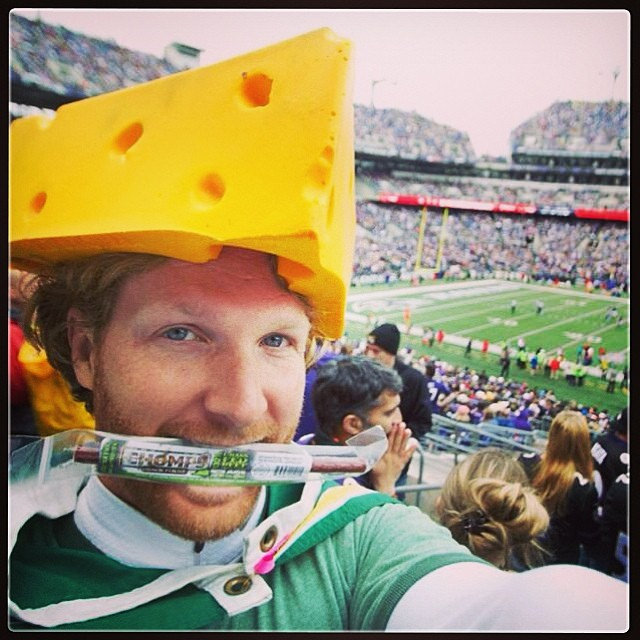
If we apply our magical thinking from above, we can see why food-based insults for other cultures are powerful.
The eaters of foods that disgust us take on the properties of the food itself.
They, themselves, begin to disgust us (and become soiled or unclean in the process).
At first, “we” are simply grossed out by “their” food — perhaps the smells, the tastes or textures, or mode of preparation.
Over time, disgust spreads, and mates with morality.
Over time, “we” begin to be disgusted by “their” habits, the way they dress, the way they talk and look, etc.
“We” feel “they” “contaminate” us, with their dirt and odor and contagion, whether moral or physical.
“They” are not like “us” — we who are tidy, and healthful, and pure, and clean. And, of course “natural”.
While we perceive these distinctions such as “clean vs. dirty” as absolute, they’re actually quite flexible over time.
For instance:
19th century European or North American descriptions of food often center on robustness and solidity. “Heartiness” (good) is opposed to the “sickliness” that characterized malnutrition and diseases of deprivation that are almost unheard of today (rickets, for instance).
My grandparents used that language about food: meals which would “stick to your ribs”, or foods which would “fill you right up”.
Rarely does anyone today refer to extra padding or being completely full as virtues.
Morality as moneymaker
Let’s recap. Humans have lots of funny quirks, and here are three:
- We make magic rules about how food works.
- We use those rules to define moral boundaries.
- We then get upset / disgusted if we break those rules, or go outside those boundaries. (And sometimes we get upset if other people do, too.)
This situation is complicated by the fact that:
- Some people who understand that we do #1 through #3 above will use those two things to make money and/or create an emotional response in you.
For instance, witness this extraordinarily telling passage from Proteinaholic, as Dr. Davis (who, it will shortly become apparent, is a vegan) describes his emotional relationship with a simple cheeseburger:
I find cheeseburgers repulsive…
I look at a picture of a cheeseburger and think how ugly it looks, so bland and colorless.
I also picture the greasy stove where the meat was cooked, all black and oily. I picture some teenage kid listlessly flipping the frozen meat without any care for its preparation.
I picture the slaughterhouse where that meat actually came from. I imagine the horrible life and death of the cow itself, not to mention all the chemicals and antibiotics it was fed before its flesh was mixed with “pink slime” to become ground meat. I then picture that slime building up in my vessels and invading the cells that make up my body…
[After eating that burger] I would begin to feel bloated and disgusted. I would get indigestion and experience fatigue. I can even picture the fat forming on my organs and slowing me down, sapping my vigor and will to live.
That’s Disgust Morality 101 right there.
Hits you right in the soul as you digest that Cheeseburger Of Shame.
Of course, it’s very easy to flip the script on the whole thing.
I’ll have a go myself with one of my own favorite foods:
Could there be a better meat than kangaroo? Kangaroos don’t suffer.
Every single kangaroo steak in existence is hunted, not farmed, and the way they meet their end is a lot better than the slow, grinding lack of respect we afford to old people.
One crisp Australian witching-hour, right before the Southern Hemisphere sun makes the land glow and throb with its morning redness, they’re winkled off this mortal coil with an efficient kind of dignity.
No dirty feedlots, no factory farms, no all-grain diet, no fuss. It isn’t just organic, it’s wild.
Adult males are culled, females and joeys are left to breed in peace. The hunt quota fluctuates yearly with the population, making it one of the most sustainable farming practices in the world.
The meat is like steak, but with a thousand times more substance. After you sear it — and it should always be perfectly seared, not grilled or broiled — the first time your teeth pull the flavors apart will bring you two revelations:
One: strong flavors can be a lot more enticing than you thought, as you sink into a whole new idea of what meatiness is; and two: We were born, constructed, designed on this green earth to experience this taste of wildness.
The moment your teeth clamp down, you are connected to an eternal chain of life-giving, from your distant ancestors through countless generations to come.
Notice how neither passage discusses what meat is, but rather how people think you should feel about it.
Both passages are deliberately emotionally evocative, even manipulative. The language groans with laden metaphor and terminology.
Neither passage contains facts.
Reject them both as instruction manuals on how to eat.
Transcendence through obedience
Centuries ago, knowing what food was rotten, spoiled, unclean… wrong, was a matter of life or death.
Back then, the relationships between ritual, magic, social order, and safety were more clear. If you didn’t do the right things in the right ways, you were in big trouble and so was your team.
Avoiding a certain food or way of eating for magical reasons relating to “impurity” had the side benefit of preventing us from snacking on tapeworm or botulinum.
Perhaps this evolutionary past is why magic and morality tend to have a certain appealing “truthiness” for humans. Morality was simply an attempt to exert control and make sense of an often uncontrollable and nonsensical world.
Now, at a time when we feel threatened (and yet are safer than ever), magic and morality remain powerful forces.
Magic and morality feel like they help us make sense of things.
People are grossed out by those who eat GMOs, or those who eat meat, or those who eat meat that isn’t grass-fed, or those who eat meat that isn’t bacon.
Every so often, a new “demon food” surfaces — like sugar, a toxin du jour that’s sure to kill you.
(Of course, the carbohydrates in “dangerous” cookies and “healthy” beets are broken down into the very same sugar molecule — glucose — shortly after you eat them.)
Magic and morality hold a particular promise: If you just get it all right, you’ll achieve transcendence.
If you get it right, you won’t hurt. You won’t hunger. You won’t feel unworthy or unloved, or tremble in the face of life’s onslaught.
You won’t be doing the moral equivalent of wearing Hitler’s cardigan like a sucker.
You will be eating clean.
And that’s something, damn it.
Yet here’s the rather painful truth:
The realistic answer to “What should I eat to preserve my health?” is awfully boring.
No secrets. No magic.
But if we imagine that what we eat is now a problem to be solved… ah. Now things are exciting.
Something is wrong with what we are eating!
We have a project! We must put the universe in order!
We must cleanse the dirt, put our house in order, and root out the impurities!
Of course, if you’ve tried going down this road, you’ll know that past a certain point, you weren’t any happier, or healthier, or saner.
++++
What to do next:
Some tips from Precision Nutrition
If you’re weird about food, it’s OK. We’re all at least a little weird about food.
We’ve been weird about food for thousands of years. That weirdness once protected us from poisoning.
Thankfully, now you have other options besides magical thinking and superstition.
If you feel rigid, anxious, or paranoid about your food, here’s how to escape the culinary cult.
Reject moral descriptions of foods.
Food isn’t good or bad.
Unless it’s actually dirty — like, say, you just dropped your ice cream cone into the cat’s litter box — there’s no such thing as “clean eating”.
Be skeptical of emotionally manipulative language.
Words like “poison” and “toxins” and “disgusting” and “vitality” and “natural” are designed to press your symbolic buttons and make you respond instinctively rather than rationally.
Check your head.
What did you feel or think as you read this article?
Notice your own emotions, thoughts, and assumptions.
Take a moment and jot down a few notes:
- What do YOU believe about food?
- What is “clean” and “dirty” food to you?
- Why?
Notice any strong reactions.
If you feel excessively disgusted by otherwise innocuous foods (I know, I know, that pumpkin spice latte is death in a cup, but bear with me), this strong aversion may be telling you that your food boundaries may be too stringent.
By now, it probably won’t surprise you that people with disordered eating tend to moralize food and/or feel revolted by “bad” foods or “bad” eating habits.
They may feel guilty, anxious, and/or ashamed when they eat the “wrong” things or in the “wrong” way or at the “wrong” time.
If you notice strong emotional reactions to particular foods, or find yourself making (and breaking) ever-stricter “rules”, be curious about this.
Get support.
If you struggle with food, trained and caring experts can help.
If you want to learn how to eat well, without
- strict rules about “good” and “bad” foods and habits;
- trying to be “in control” and then “losing control”, over and over;
- having “clean eating” take over your life; and/or
- anxiety, shame, fear, guilt; and/or regret…
then consider working with a nutrition coach.
Get coaching.
Maybe you don’t struggle with food, or food rules.
But perhaps you still want to get in shape. Feel stronger or more confident. Or just have more energy to get through your busy day.
We can help with that too.
Our Precision Nutrition Coaching program helps give men and women the tools they need to define “healthy eating” outside the bounds of fad diets and other nonsensical food rules.
Want help becoming the healthiest, fittest, strongest version of you?
Most people know that regular movement, eating well, sleep, and stress management are important for looking and feeling better. Yet they need help applying that knowledge in the context of their busy, sometimes stressful lives.
Over the past the past two decades, we’ve used the Precision Nutrition Coaching method to help over 150,000 clients lose fat, get stronger, and improve their physical and mental health… for the long-term… no matter what challenges they’re dealing with.
It’s also why we work with health, fitness, and wellness professionals (through our Level 1 and Level 2 Certification programs) to teach them how to coach their own clients through the same challenges.
References
Click here to view the information sources referenced in this article.
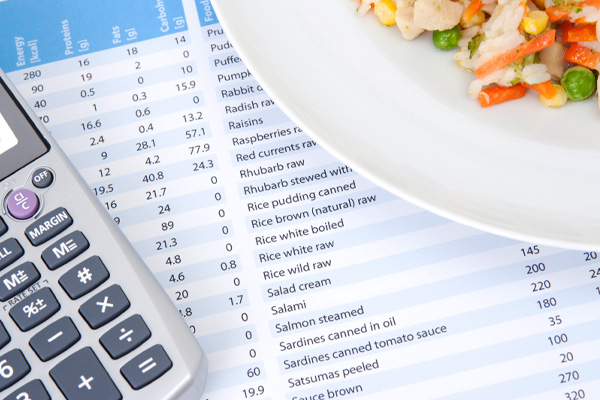
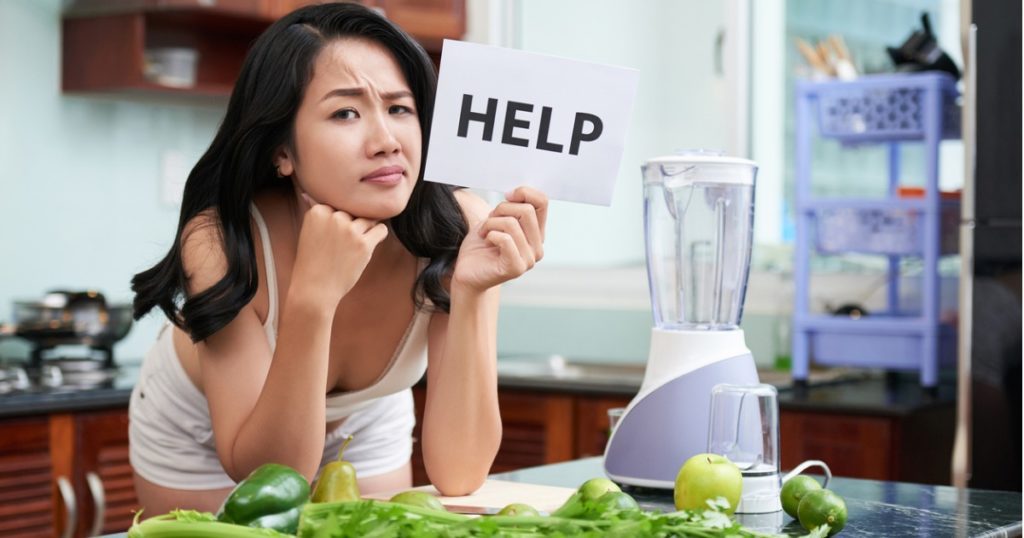
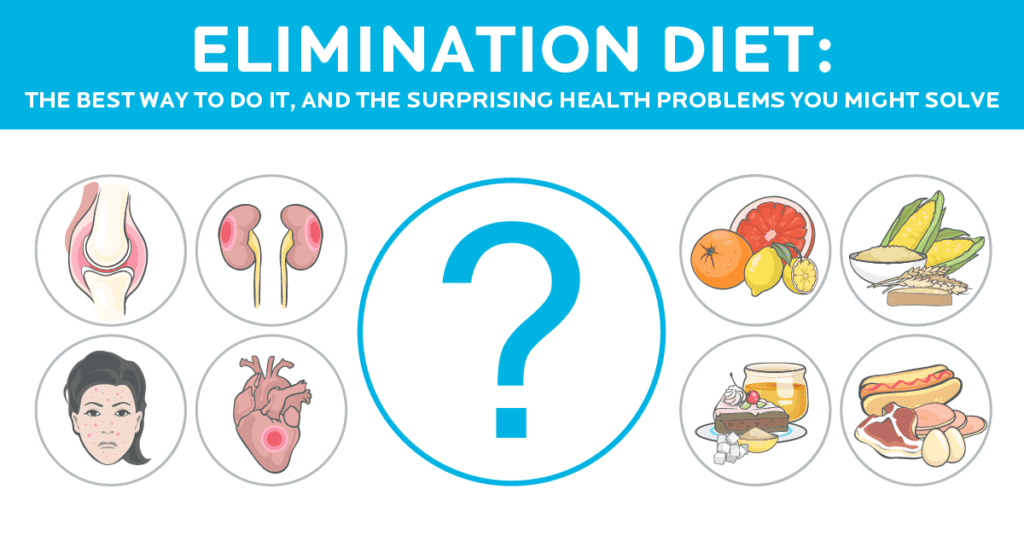
Share